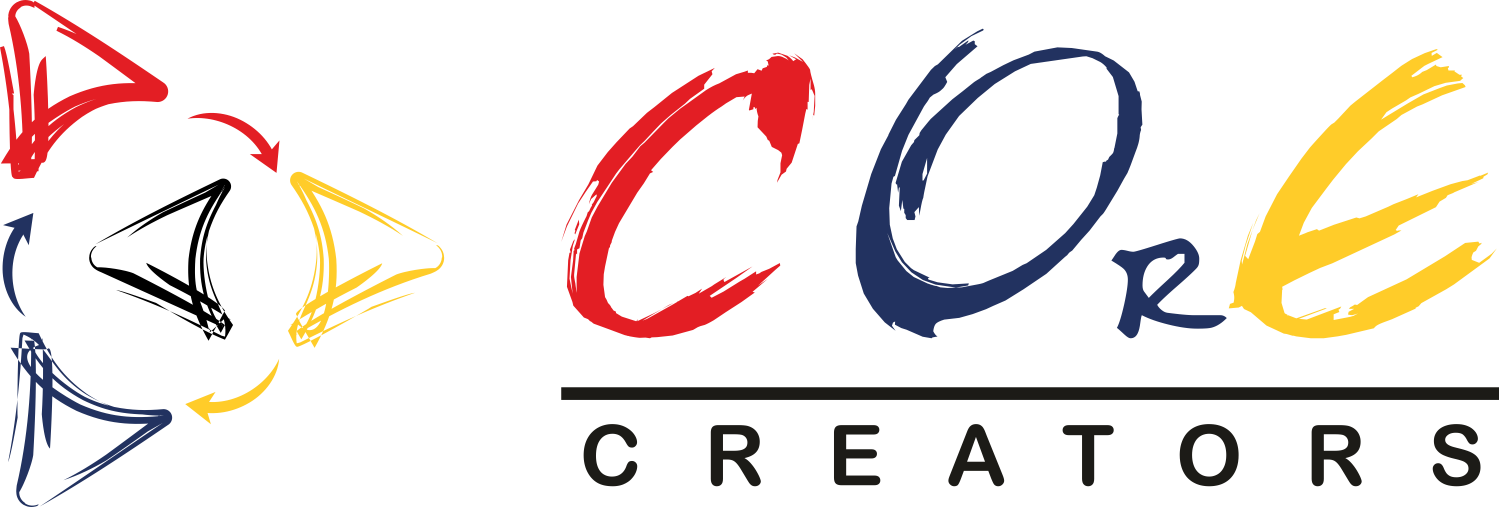This Indian pharmaceutical company, which started as a contract research firm to do innovative product development, changed its business model, a few years ago, to develop and sell own products in regulated markets, starting with the US. Because of its genesis as a research firm the company had built strong R&D and technical capabilities.
However, the business struggled due to lack of strategic clarity on the company’s long term business aspirations. This resulted in frequent changes in business priorities and people being unclear about their objectives. The company had a broken performance management process which focused only on filling the performance appraisal forms at the end of the year instead of it driving business and individual performance. All this was leading to lower levels of accountability and ownership within the organization which the company was keen to strengthen.
Our Approach & Solution
We adopted a 3-step approach to partner this organization in strengthening its performance culture
Step 1: Gaining insights on current process and culture
The first step was to understand the current process and its impact on the performance culture of the organization through
- conversations with the HR Head and other senior leaders, and studying the documents including filled up performance appraisal forms to understand what is working and where are the gaps
- our proprietary Performance Culture Profile diagnostic which was administered to an extended leadership team of the organization to get insights on the key elements that contribute to creating an organization’s performance culture.
The insights from these indicated that
- the annual business plan largely constituted of top-line and bottom-line numbers which were
informally shared with the leadership team
- goals were articulated more as activities, were not linked to the overall business goals and did not have well defined success measures
- projects and goals were not getting delivered as per plans
- there were gaps in the process to set clear expectations and hold people accountable for delivering on the expectations, so the experience of people doing what they say what they do was inconsistent.
- Data required to do one’s job was also not easily accessible to every individual
These insights indicated the need to clearly articulate the organizational goals (Step 2) and implement a mechanism to translate and cascade them to individual goals (Step 3).
Step 2: Establishing strategic clarity
Using our ToP™ facilitation methodology, a co-creation workshop was conducted with the extended leadership team to articulate the 3-year business aspirations and the annual business goals. A perspective building session was also done on Performance Management to agree on the changes to be made in the performance management process to make it a business enabling process and not a form filling exercise. It was agreed to implement the new performance management process for the top 3 leadership levels in the first year.
Performance indicators and targets for each business goal were defined with the leadership team and relevant goals were cascaded as functional goals. The rating scale that would be used to assess the performance at the end of the year was also explained to the leadership team.
This step enabled in bringing about a high level of clarity, alignment and ownership at the leadership level for the business and individual goals. The leadership team was clear about the
- the business goals to be achieved in the financial year
- expectations (goals) from them in the performance year
- the basis on which their performance would be assessed
- the scale that will be used to asses their performance
This has made the entire process very focused and transparent.
Step 3: Execution Partnering
Building an organization’s culture takes conscious effort and time. This was acknowledged by this pharmaceutical company and they were keen to supplement the work done in Step 2 with regular and robust business reviews.
We started with a monthly business review process which is currently facilitated by us. All senior leaders participate in this review. Progress on organizational goals is reviewed, achievements & opportunities are shared and challenges are discussed and resolved. The business reviews also unearthed other improvement opportunities within the organization which are being actioned.
The Results/Impact
The organization continues to work towards strengthening its performance culture. Following is the impact of the work done till now
- There is strategic clarity at the leadership level with the articulation of the 3-year business aspiration
- There is higher level of accountability and ownership for the organizational and individual goals at the leadership level which is visible from the participations and conversations during the monthly reviews
- The rhythm for doing the monthly reviews has been established, these are now proactively calendarized
- The performance scorecard for the organization and individual is transparent throughout the year because of well-defined goals, success measures and targets
